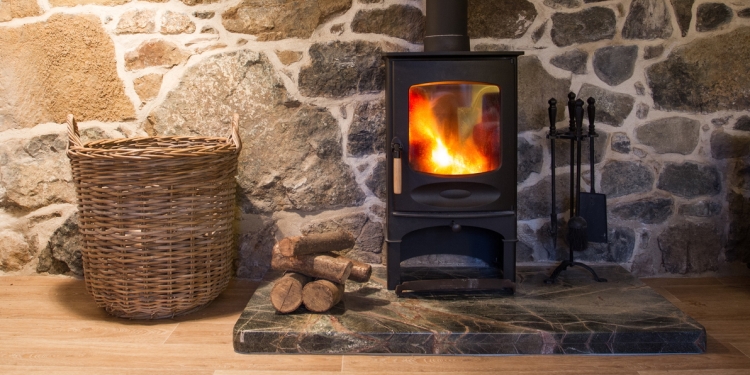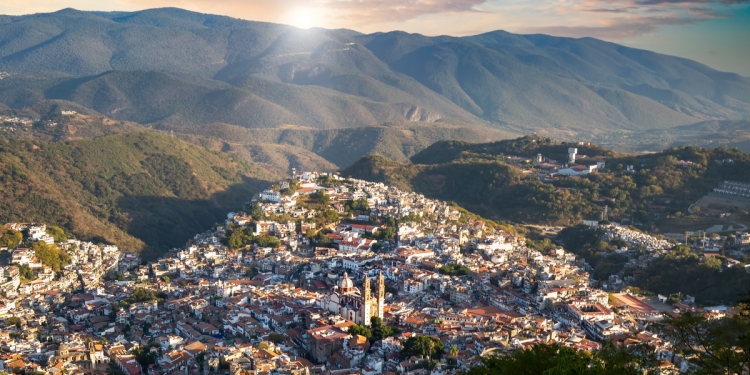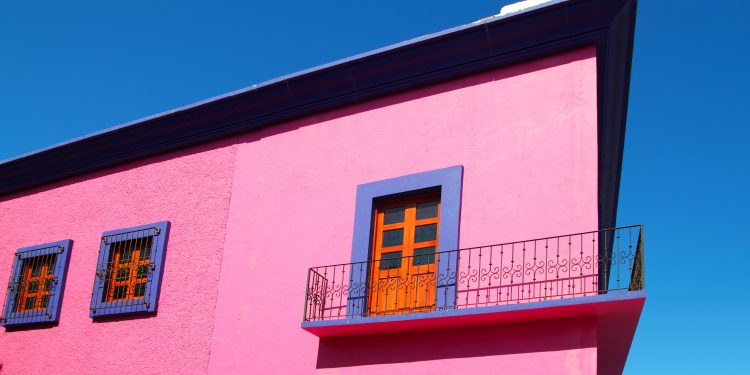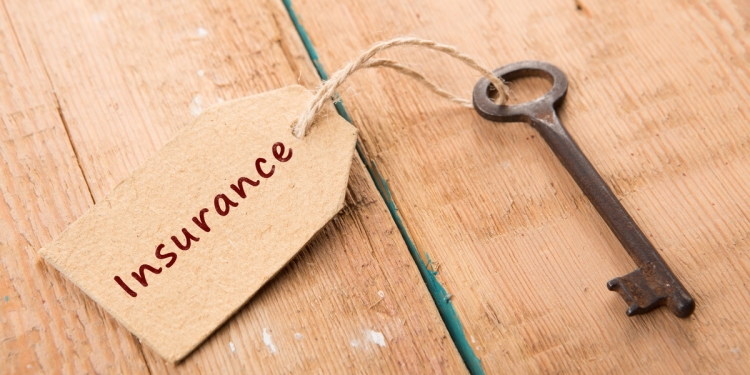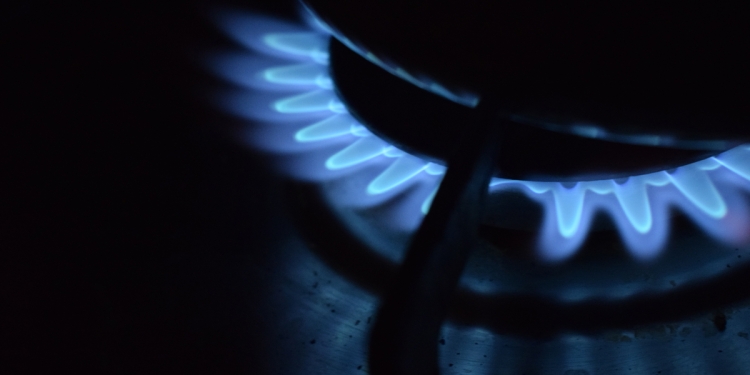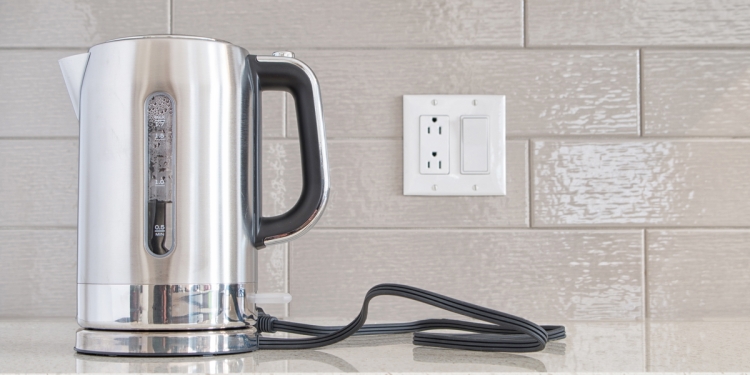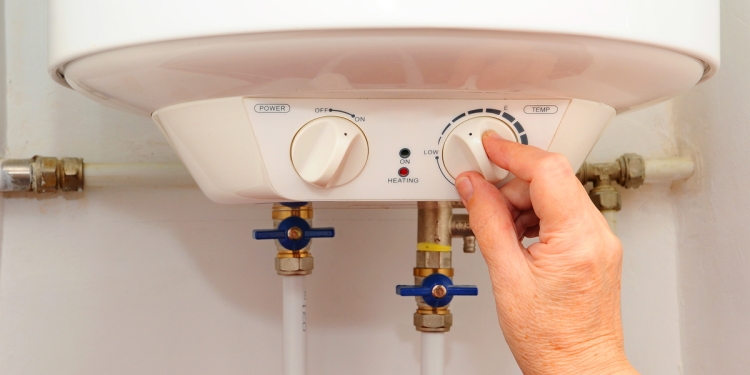Although Mexico is not often associated with cold weather, the country is big and as we described in our article about places in Mexico that can get cold, different regions and varying topography create distinct climate zones—including those that can get cool or quite cold during the fall and winter months.
If your home in Mexico is situated in an area of the country than can get cool or cold, there are various ways to keep your home and yourself warm and the main ones are described in this article.
Ways to keep your home spaces warm during the cool or cold months of the year
For most places in Mexico, some extra layers of clothing and perhaps one or two heating sources are usually enough to take the edge off any chill or cold before bedtime, and in the early morning hours.
A comment about home insulation
Most houses in Mexico are not double insulated, because they don’t necessarily have to be as the year-round climate is mostly agreeable. Homes here are not typically heated throughout using central heating systems designed to encapsulate the home in a heated bubble. Modern homes will tend to have some type of insulation in the wall cavities and in the roof, but older homes won’t, and most don’t need it.
If you’re building your own home, you might incorporate insulation and other techniques to keep your house naturally warmer in the winter, and cooler in the summer. However, the expense required to remodel an existing building to create that effect does not tend to warrant the benefits, given Mexico’s mostly temperate climates in many regions across the country.
Open air fireplaces
Homes situated in areas that are known for being cool or cold during the fall and winter, even older homes, have built-in fireplaces with a chimney for burning wood.
Open fires, properly managed, can create a good amount of heat and create a warm and inviting atmosphere in your home on cooler and cold evenings. There are however, two considerations to take into account when you use open air fireplaces:
- Buying the wood: choose a local supplier that sells properly cured wood for burning (green wood will cause havoc with your chimney) and who sources wood from naturally felled trees and/or sustainable wood farms to avoid encouraging indiscriminate (and illegal) deforestation.
- Keep your chimney clean, well maintained, and in good working order to minimize the amount of wood smoke that will get into the living areas and settle on indoor surfaces over time.
Wood burning stoves
If you have a chimney space, or a stone floor clearing in a main room, a wood-burning stove can be an ideal way to heat your home. Like open fireplaces, they are wood-fueled, but the wood is placed inside a sealed stove to burn.
Key features:
- Using manual shutters, you can control the amount of air that flows through the stove and thus control the burn-rate of the wood—and to some extent, the amount of heat it generates.
- Wood burning stoves can create an enormous amount of heat and the top ledge can optionally be used to heat water in a kettle or slow cook a casserole inside a Dutch oven.
- Unlike open fireplaces, the wood smoke is contained inside the stove unit and funneled out from there through a sealed duct that (typically) leads up the chimney and outdoors, so hardly any wood smoke escapes into the home’s living areas.
- These stoves might create too much heat for your Mexican home, but you can manage this by reducing the amount of wood fuel you burn, or by lighting it in the late afternoon so when nightfall arrives, the house is warm but the stove is no longer giving off a lot of heat.
Electric-powered indoor space heaters
If your home doesn’t have chimney space, or is smaller, or you live in a condo or apartment that doesn’t lend itself to having a fireplace or a wood burning stove, you might choose an electric-powered space heater.
Electricity can get expensive in Mexico if you use an excess each billing-bimester. Heaters use a lot of electricity, so heating an entire home with electric heaters is cost-prohibitive for most people. However, a space heater or two to take off the edge of an evening chill can be affordable and is a commonly-used form of heating here.
Some notes about electric space heaters
- Electric-powered space heaters are sold in various forms and sizes, as this page on Amazon Mexico illustrates.
- Some models feature a fan that draws cold air in to pass it through heated elements inside the unit, and blows the heated air back out into the room. This can be efficient, but also noisy.
- The heaters that don’t use a fan have elements which heat a liquid inside the sealed unit that disperses heat into the space around it. Less efficient, but quiet.
- For the well-heeled, Dyson sells an electric air heater and cooler at a premium price that combines HEPA filter air purification with heating and cooling and without as much noise as a traditional fan-assisted space heater.
- As with gas-fired heaters, your home will need to be properly ventilated when you use electric space heaters to avoid condensation building-up, especially on windows.
Gas-fired indoor and outdoor space heaters
Gas-fired space heaters, that work using LPG tanks, are available for indoor use, but they create a lot condensation, especially on and around windows. Gas-fired space heaters for outdoor use can be helpful if your home has a sizeable terrace and you enjoy spending winter evenings outdoors there.
Some notes about gas-fired heaters
- Amazon Mexico showcases the typical range of gas-fired space heaters available for your home.
- They can be helpful for large indoor spaces with high ceilings that would require a lot of energy (and time) to warm up using an electric space heater.
- Regardless of the room size, when you use these gas heaters indoors, ventilation is essential for health reasons and to minimize condensation.
- Outdoor gas-fired space heaters can be very helpful on terraces and in other outdoor areas where you may gather during an evening, and/or to keep an area warm while you enjoy a meal outdoors during the colder months.
- Fireplace-like heaters are also available for outdoor use; some are gas-fired and some are wood-burners.
Electric blankets
Electric blankets are popular and can provide an economic and efficient way to warm your couch or bed during cold evenings. They don’t require too much electricity if you use them sparingly, and help you to ward off chilly evenings as you watch a film or pre-warm your mattress and blankets before you go to sleep.
- Electric blankets are sold in many different styles
- You can choose sizes to match your bed type, e.g. single, double, Queen, King, etc.
- Some models have a timer so that you can set the blanket to heat up and shut down at certain intervals and all of them allow you to adjust the temperature.
- More expensive models feature digital controllers with a clock and thermometer so you can set precise timings and temperatures.
Centrally controlled heating and cooling
Most houses situated in the mountainous regions of Mexico are not fitted with integrated “central” heating systems, although some modern apartment buildings may feature duct-fed heating and air conditioning systems.
If you want your Mexican home to emulate those in Europe which use wall-mounted radiators heated by water flowing through them and fired by a gas or electricity, you can obtain them in Mexico, but they are relatively expensive to install, and running costs will be higher than the alternatives listed earlier in this article. Whether they are worth the investment is a moot point, and ultimately it’s personal choice. A local plumber may be able to advise you.
Modern buildings, especially contemporary condos and apartment blocks situated in big cities and fashionable housing developments, might have heating and cooling systems pre-installed, with hot and cold air delivered to each home through ducting. The cost of these is paid for as part of the communal HOA fees.
Insurance coverage for your home in Mexico
Obtain a online quote and organize insurance coverage for your home in Mexico (whether you own or rent) in minutes with our home insurance associate, MexPro.
Quote and coverage: Get a quote and arrange instant coverage online
Taking care of your home in Mexico
Mexperience publishes guides and articles to help you maintain and secure your house, home, and dwelling spaces in Mexico.
- Latest insights about taking care of your home in Mexico
- Electricity supply for your home
- Gas supply for your home
- Insurance for your home in Mexico
Mexico in your inbox
Our free newsletter about Mexico brings you a monthly round-up of recently published stories and opportunities, as well as gems from our archives.

